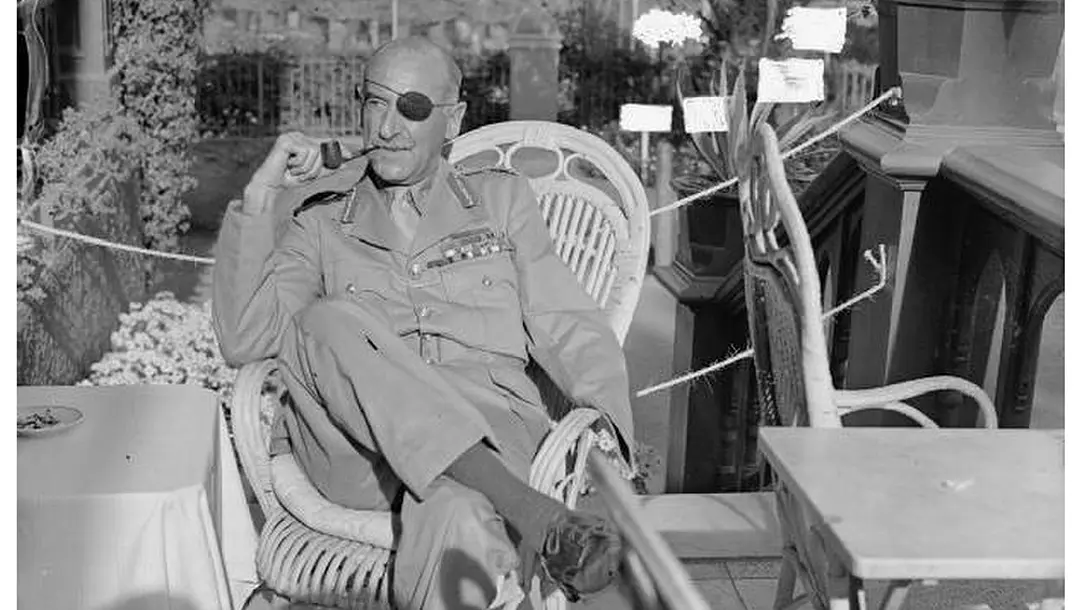If a soldier was shot in the face, head, stomach, groin, ankle, leg, hip, or ear; was blinded in one eye; been in two plane crashes; tunneled out of a POW camp; fought in three wars; or tore off their own fingers when a doctor declined to amputate them, you’d no doubt call any soldier who lived through one of those events lucky to be alive. But what do you call someone who survived each and every one of those situations? Aside from calling them lucky to be alive, I’d suggest using their name. Specifically, Lieutenant-General Sir Adrian Paul Ghislain Carton de Wiart. Yep. Believe it or not, Lt-Gen Carton de Wiart went through all of that and lived to tell the tales.
Taste For War: Lieutenant-General Sir Adrian Paul Ghislain Carton de Wiart
Born in Brussels, Belgium, in 1880, Adrian was raised in Belgium, England and Egypt. He was part of a privileged family with two of his cousins being the prime minister of Belgium and the political secretary to the king of Belgium.
Carton de Wiart enjoyed his life of luxury but still wanted more, so he skipped out of his boarding school, lied about his age and joined the British Army to fight in the Second Boer War in 1899. Looking back on the war later in life, he opined, “At that moment, I knew once and for all that war was in my blood.” To be clear, it was the idea of war, and not service to country that he sought. In his memoirs, he remarked, “If the British didn’t fancy me, I would offer myself to the Boers.”
Advertisement — Continue Reading Below
It was during this first taste of combat that the then-lowly trooper received his first injuries. While on campaign in South Africa, he was shot twice: once in the stomach and once in the groin. He survived, recovered and continued his military service. The next handful of years were spent in several different campaigns with different units. During this time, he married an Austrian countess in 1908 and rose to the rank of captain in 1910.
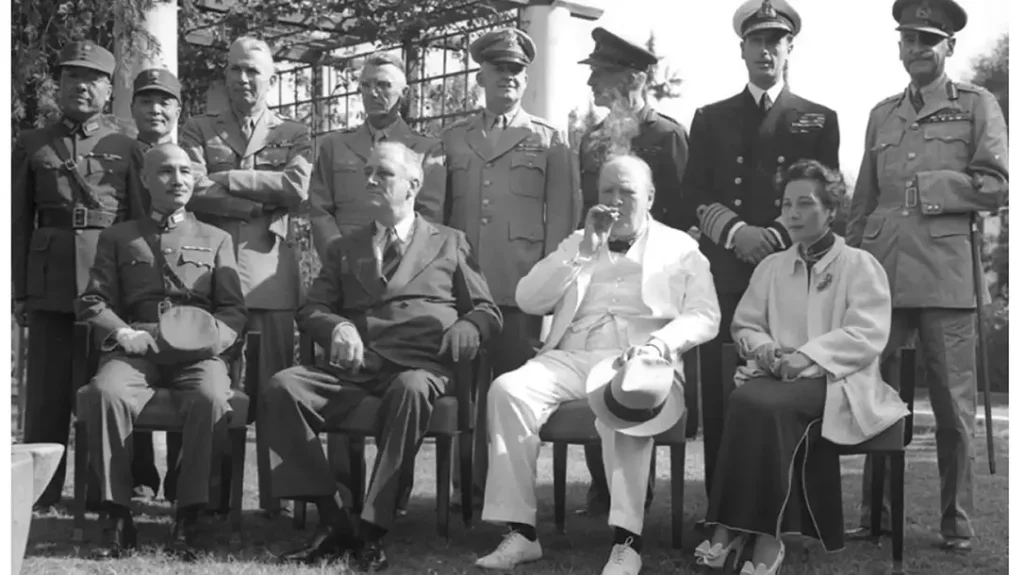
“…His Language Was Awful”
In 1914, Carton de Wiart was en-route to Somaliland in Africa to serve with their Camel Corps. During an attack against a fort at Shimber Berris, he was shot twice in the face. As a result, he lost his left eye and part of his ear. A witness on the battlefield that day later recalled how cool, calm and collected Adrian was. “He didn’t check his stride, but I think the bullet stung him up as his language was awful.” Carton de Wiart received the Distinguished Service Order for his “meritorious service” during the attack.
Advertisement — Continue Reading Below
As part of his recovery, he wore a glass eye to prove that he was fit to return to service. It was incredibly uncomfortable though, and he threw it out a taxi window and replaced it with an eyepatch that he would wear for the rest of his life.
The Hits Keep Coming
Early in 1915, he headed for France and the Western Front. One of his contemporaries recalled that Adrian had “an unsurpassed record as a fire eater, missing no chance of throwing the men under his command into whatever fighting happened to be going.” He also threw himself into whatever fighting happened to be going and he paid dearly for it.
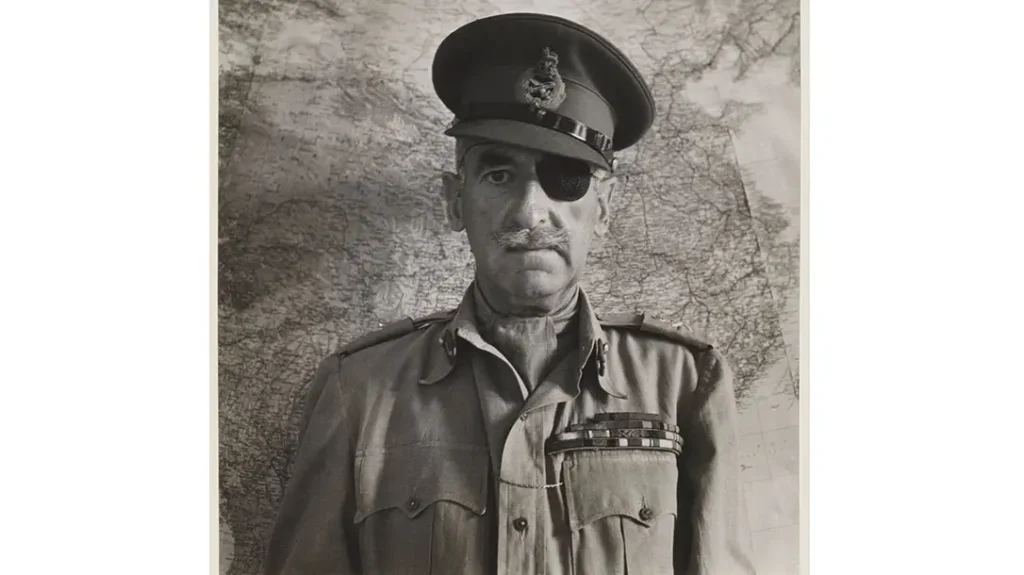
Advertisement — Continue Reading Below
During a German artillery barrage in the Second Battle of Ypres, Adrian’s hand was injured when his watch was hit and sent shrapnel into his hand and wrist. When a doctor refused to amputate two of the badly damaged fingers on his wounded left hand, Carton de Wiart ripped them off himself. While it was sure to have been an excruciating act, Adrian argued that removing the fingers himself was less painful than keeping them. In the end, his efforts were fruitless, and he lost his entire hand later that year to amputation. This time by a doctor.
The missing hand didn’t slow him down in the slightest. Fellow soldiers saw him in the thick of battle, pulling grenade pins with his teeth and hurling them toward the enemy. He sustained further injuries at some of the most well-known battles of the First World War. At the Somme, he was shot through the skull and ankle; at Passchendaele, he was shot through the hip; at Cambrai, he was shot through the leg; and at Arras, he was shot through the ear.
Battlefield Recognition
His actions and injuries did not go unnoticed or unrewarded. He received appointments as an Officer of the Order of the Crown in Belgium and as a Companion of the Order of St. Michael and St. George. He was also awarded the Belgian Croix de Guerre and the Victoria Cross, which is the British Empire’s version of the Medal of Honor. Much like recipients of the Medal express that it actually belongs to all who served and sacrificed in a particular engagement, so too did Adrian feel about the Victoria Cross. “It had been won by the 8th Glosters, for every man has done as much as I have,” he said.
Advertisement — Continue Reading Below
Promotions accompanied the accolades, too. By war’s end, he had been brevetted a brigadier general. Despite everything he endured during World War I, Carton de Wiart had an overall positive experience. In his memoirs, he wrote, “Frankly, I enjoyed the war.”
Assigned to Poland after the war, he was second-in-command of the British efforts to help aid the newly independent Second Polish Republic. While still a military officer, his role was that of a sort of fighting diplomatic ambassador in the Polish struggle against the Soviets, Ukrainians, Lithuanians and Czechs. He became acquainted with many members of Poland’s aristocracy and even acted as a second in a duel. The other second was the future president of Finland.
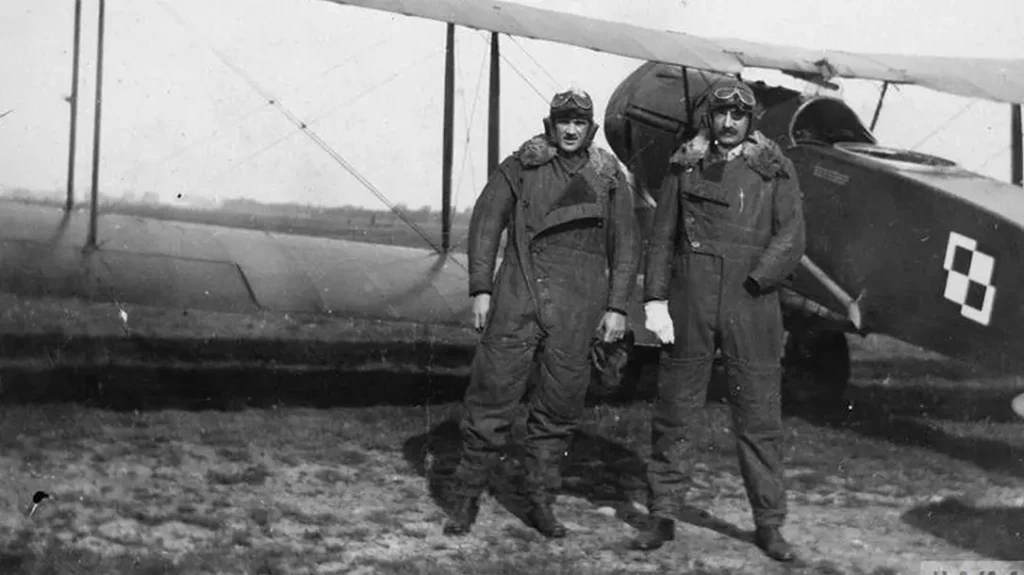
Advertisement — Continue Reading Below
Further Cheating Death
During this period, Adrian survived a plane crash, which resulted in a brief stint as a captive in Lithuania.
When the Red Army attacked Warsaw in August 1920, he was right there in the fighting. His observation train was attacked by cavalry, and he fell off, hopped right back up, remounted the moving train and fought them off with only his revolver. Poland eventually prevailed, and Carton de Wiart received several promotions before officially retiring in 1923 with the honorary rank of major-general.
For the next 15 years, Anton spent his time enjoying the leisure afforded to a gentleman in Poland. He had use of a large estate in the eastern part of the country and later noted that during that entire time, “I did not waste one day without hunting.”
Advertisement — Continue Reading Below
WWII Action
The invasion of Poland in 1939 interrupted his retirement when the Soviets overran his estate, and he lost all his possessions, most notably, all of his guns. The convoy he rode in out of Poland was attacked by the Luftwaffe, and he narrowly missed being wounded.
At the end of 1939, he was officially recalled to military service. He was ordered to defend the town of Namsos in Norway in 1940. The seaplane he flew in on was attacked shortly after landing and, once again, Adrian narrowly missed being wounded. Instead of abandoning the plane for an escape dinghy, he opted to wait on the wreck until the Germans ran out of ammo and flew away. Only then did he leave the water and head to shore.
Shortly after his 60th birthday in 1940, Carton de Wiart was put in command of the 61st Division in Northern Ireland. Much to his chagrin, when he arrived, he was told that he was too old to be an active-duty division commander.
Advertisement — Continue Reading Below
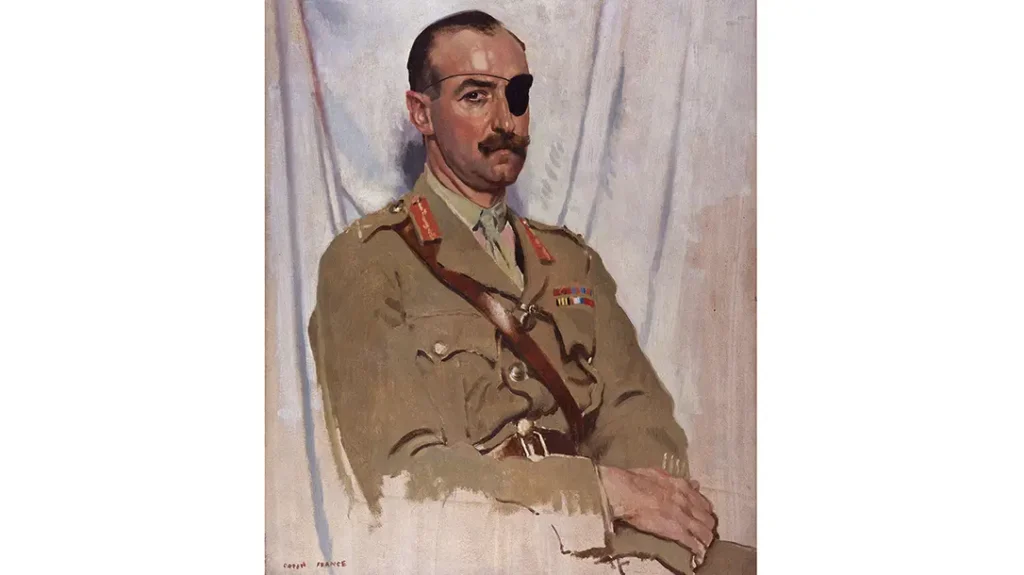
Back in the Fight
Undeterred, he resumed military service in short order when he was sent to Serbia to negotiate with Yugoslavia at the personal request of Prime Minister Winston Churchill. On his flight there, the plane suffered total engine failure and crashed off the coast of Libya. Miraculously, he survived the crash. After swimming a mile to the shore, he and the others were taken as prisoners of war by the Italians, who controlled Libya at the time.
He made numerous escape attempts from his prison camp, including one successful venture where he evaded recapture for eight days disguised as a peasant. Ever the colorful character, one of his fellow prisoners recalled that Adrian must “hold the record for bad language.”
Advertisement — Continue Reading Below
Carton de Wiart was eventually freed in 1943, and he returned to Great Britain for about a month before receiving his next assignment. This time, he was to serve as Churchill’s special representative to Chinese leader Chiang Kai-shek. He held this position for the rest of the war, retiring in 1947 at the age of 67.
Finally ready to head home, he made one final stop in Rangoon as a guest of the army’s commander. He slipped coming down the plane’s steps and broke several vertebrae. After all Adrian had been through, this certainly wouldn’t be the end. He made a full recovery and went home.
Retirement
His wife died in 1949, but he remarried in 1951. Now 71, Adrian’s second wife was just 48. They moved to County Cork, Ireland, and he lived out the remainder of his years in actual retirement. Sir Adrian Paul Ghislain Carton de Wiart passed away in 1963 at the age of 83. His wife lived another 43 years before passing in 2006 at the age of 102. They are both buried in the Killinardrish Churchyard in Ireland.
When a truly unique individual dies, it’s often said that they “broke the mold with that one.” In Carton de Wiart’s case, that’s most definitely true, and it’s probably a good thing, too. I’m not sure the 21st century could handle someone like him.
